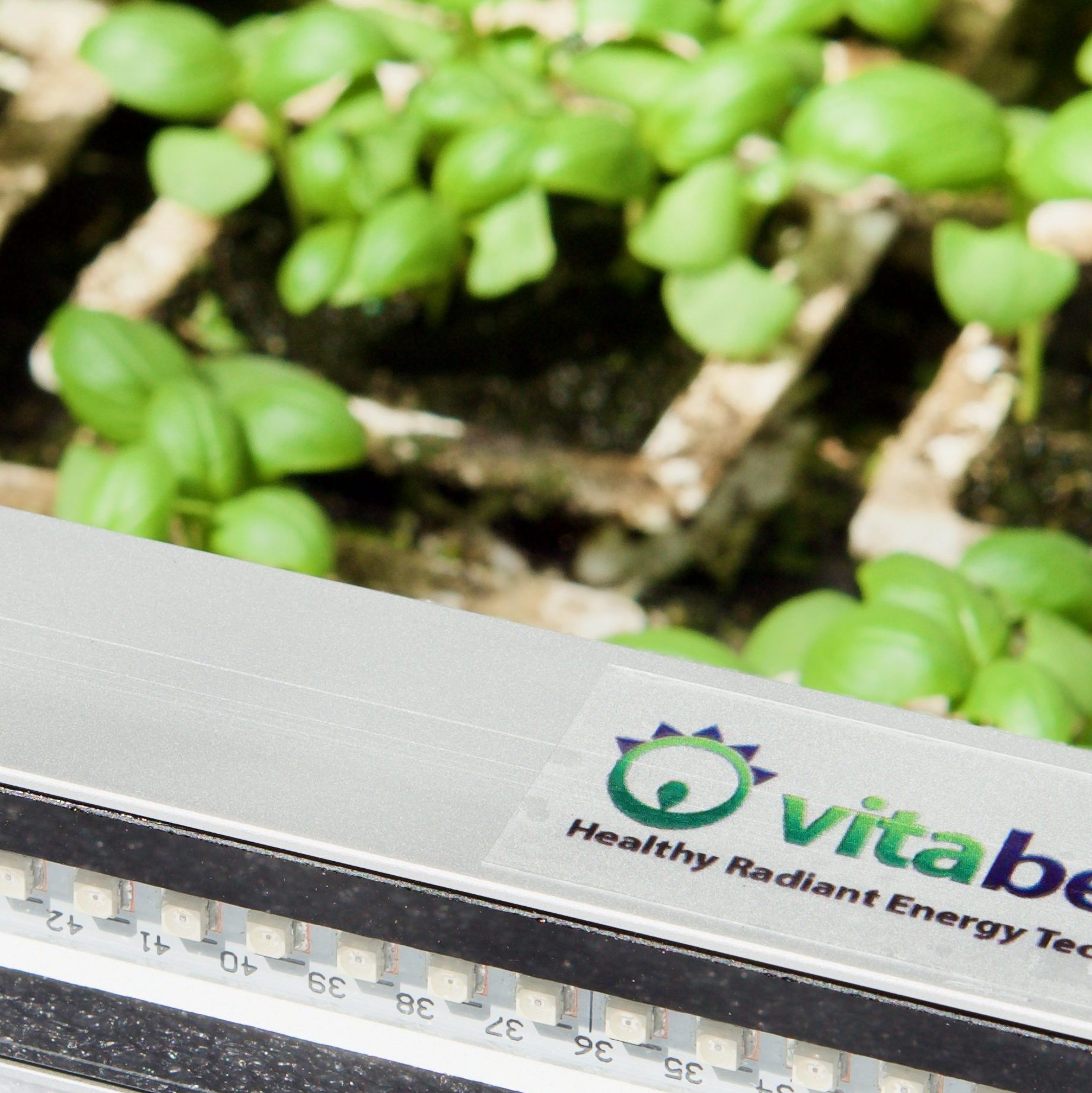The use of fungicides is ubiquitous. The negative externalities of using these types of synthetic materials include damage to wildlife biodiversity, soil fertility, and the health of workers and consumers. Despite intensive fungicide use, pathogens are responsible for 7-24% of losses in yields to commodity crops. This article will delve into the core reasons why growers should move away from using fungicides, as well as provide an alternative, non-invasive solution.

The Earth & Biodiversity
Mould infections are a major threat to crop production. Thus, the application of fungicides to control infestations is often considered necessary to secure global food supply. Within the EU, synthetic fungicide sales account for more than 40% of the total pesticide sales, demonstrating the demand for this chemical solution. The use of these chemicals has a damaging effect on the surrounding environment and ecosystems. Each year, livestock, wildlife, and pollinators are indirectly poisoned by fungicides applied to fruits, vegetables, and other agricultural produce. Furthermore, the use of pesticides decreases the biodiversity found within the soil.
Workers
Over time, fungi species can become resistant to the chemicals in fungicides. Due to the resistance that occurs, higher levels of fungicides are used to try and eradicate the mould infections. Despite the application of greater amounts of fungicides or more frequent fungicide applications often being ineffective, this is often what growers do to try and reduce the impact of fungi on their crop. However, some fungicides can negatively affect people working on the project, by causing skin and eye irritations, as well as more serious issues including throat pain and coughing. Increasing usage of fungicides, even when increased usage can lead to increased resistance, causes greater health concerns for those exposed to these chemicals. In a recent study, modern fungicides that were sprayed on fruit and vegetables were shown to have caused changes in the genotype in mice. These genetic changes are similar to those which can cause autism and Alzheimer’s disease.
Consumers
One of the loudest voices within the supply chain are consumers. Not only do customers want to consume food that is healthy and chemical-free, they are also a salient voice to protect the environment. Without the presence of fungicides, soil health would improve, ecosystems would be more biodiverse, and our planet would be healthier and better able to support human needs. Furthermore, many chemical fungicides are non-biodegradable. This results in deposits forming in the soil, which are then passed through the food chain. Consumers worldwide are increasingly aware of the potential impacts on the environment and human health of the build-up of toxic chemicals in food products, and are keen to put a stop to its use.
Government Restrictions
Government bodies acknowledge the negative impacts of fungicides. Despite its prolific use, an array of fungicides have been banned recently, and this trend is likely to continue into the future. For example, Chlorothalonil, a fungicide that prevents mildew and mould on crops, was banned in 2019 because it posed a high risk to wildlife and potential harm to humans.
Alternative Solutions

Growers don’t necessarily want to use fungicides, there simply just hasn’t been any viable alternatives. As technological advancements deliver new and innovative solutions the hope is that, within the next decade, the use of fungicides could be dramatically reduced or even eradicated. One company that has found a new remedy to bacterial and mould infections is Vitabeam. Their safe light energy kills pathogens including powdery mildew and botrytis. This unique and world-first lighting system contains no UV and is completely safe for human, animal, and plant exposure, causing no external impacts to the surrounding ecosystem. Using a light like the VQe MaxStrip is a sustainable and environmentally friendly solution to eradicating pathogens. Not only will growers save a lot of money from not losing crops to infections, but they will also protect the environment and local biodiversity. In order for growers to stop using fungicides there needs to be a move towards more environmentally friendly solutions. Whether this is driven by government regulations, consumer opinion and choices, or growers themselves the change will benefit both the people and the wider ecosystem.
About Vitabeam
Vitabeam has developed a world-first light bar that simultaneously kills pathogens and stimulates plant growth. “Growers throw away a significant amount of their crop to mold and bacteria. So, we developed a lighting technology that helps them get rid of molds, bacteria, and dangerous pathogens safely with no chemicals, no UV, and no gasses”, Co-Founder & CEO of Vitabeam, James Millichap-Merrick. Their team stretches from California, USA, to Bath, UK, with an aim to expand further into Europe. Vitabeam takes pride in delivering excellent customer service, so, if you have a problem that you think they may be able to fix, contact them today using the information below.

